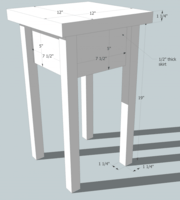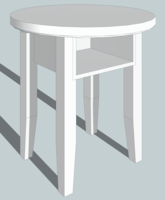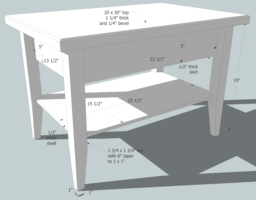In the table project, students bring together their measurement, joinery, and finishing skills to make a side table.
Some handouts include both adapted and non-adapted versions.
Full student workbooks
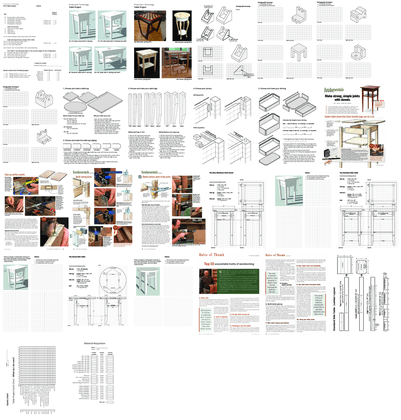
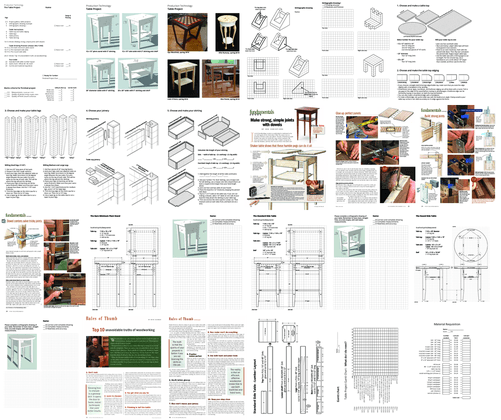
Individual handouts
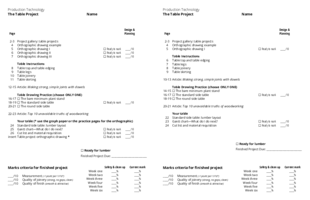

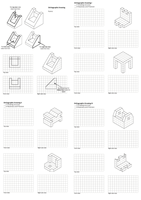
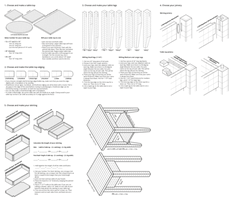
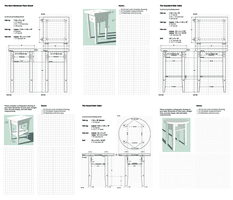

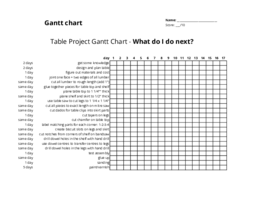


Online tool
Materials request for side table
More information
Evaluation
- Accuracy: within 1/16" for each major dimension (height, length, width)
- Joinery: well fitting, strong, and smooth. Filled well with filler if there are cracks or openings.
- Sanding and finish: your project should be sanded to 150 grit, and then carefully coated with several layers of water-based polyurethane varnish. Hand sand with 220 grit sandpaper between the last few varnish layers.
- Challenge and Complexity: The challenge and complexity of your project with be taken into account during evaluation.
Challenge and complexity
I will be looking at the overall challenge and complexity of your project, and adding or removing marks according to the difficulty of the work you do. Each half-point will be applied to your other three categories, from lowest to highest.
-
Table size
- 12 x 12" or 12 x 15" = +0
- 20" diameter or 20 x 30" = +0.5
-
Table edge treatment
- Plain = -0.5
- Chamfered, rounded over, ogee = +0
- Lifted = +0.5
- Bullnose = +0.5
-
Table legs
- Plain = -0.5
- Tapered = +0
-
Skirting joinery
- Biscuit joints = +0
- Mortise and tenon = +1.0
-
Table attachment
- Dowels = -0.5
- Table clips = +0.5
-
Skirting
- Normal = +0
- Additional shelf = +1.0
- Additional drawer = +1.0
Example evaluation
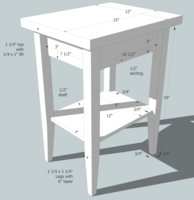
| Table size | +0 (12 x 15") |
|---|---|
| Edge treatment | -0.5 (none) |
| Table legs | +0 (tapered) |
| Skirting joinery | +0 (biscuit joint, unseen in picture) |
| Table attachments | +0.5 (table clips, unseen) |
| Skirting | +1.0 (additional shelf) |
Total Mark Adjustment = +1.0
